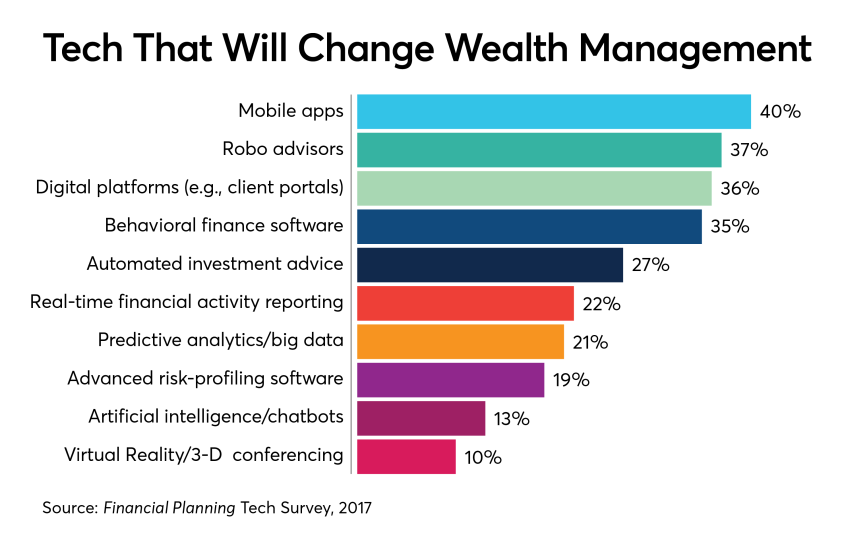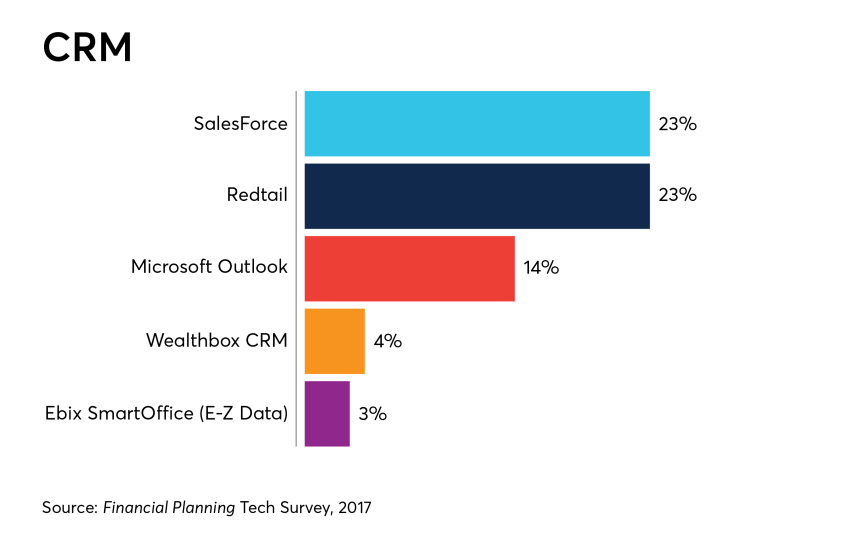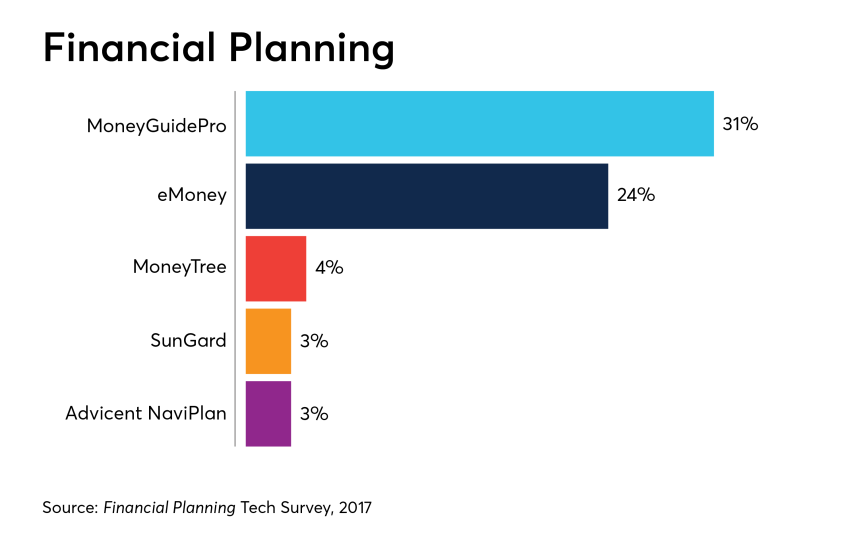Tech Survey results: Top vendors and more















Executives at Merrill's parent firm, Bank of America, told analysts in a call that nearly two-thirds of their wealth management clients now have banking relationships with the firm.
The time has come! Here's how you can nominate a colleague — or yourself — for Financial Planning's Rising Star awards.
Goldman Sachs CEO David Solomon joined JPMorgan's Jamie Dimon in a tie atop the executive compensation rankings for the industry's largest publicly traded firms.
Citi's wealth division saw a nearly five-fold increase in new investment assets in the first quarter. CEO Jane Fraser said the firm has "real horsepower and firepower in our investment capabilities."
The industry rivals are back in court with fresh allegations that Ameriprise falsely warned its former clients that LPL misappropriated their account information.
IRALOGIX looked at retirement preparedness across five key areas, finding that Americans were struggling with nearly all of them.